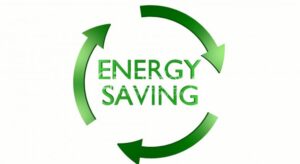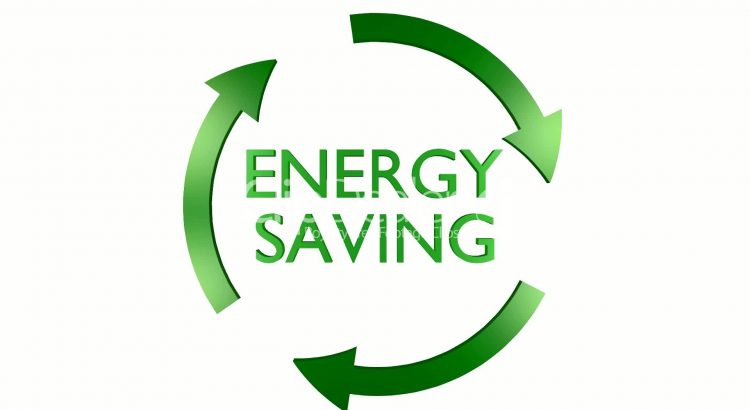Every third product you see on the shelf has got a little leaf or lightbulb or sunshine symbol claiming that it’s ‘green’, that it will save you money on your energy bill, that it’s good for the environment. So how do we sift through the items that truly are using the phrase only to sell themselves, the items for which the only true ‘green’ aspect is the color of the packaging, and reach the items that truly are beneficial for the environment, that truly will save you money each month, that you really can feel good about buying?
The thing to understand is that no product is a magical fix. There are pros and cons to everything, and it is up to you to decide whether that product is right (and SAFE) for you, for your lifestyle, and for your family.
- CFLs (Compact Fluorescent Lightbulbs)
You may have seen us mention CFLs in past energy-saving posts. So what is all the hullabaloo about? Are they really the key to saving money on your energy bill and thus helping the environment? The truth is a bit more complicated than that. CFLs can last a great deal longer than incandescent bulbs (thus reducing waste), but this assumes that the lightbulb will be turned on once and left on for most of the day. CFLs take longer and use more energy to start up than regular incandescents, so if you continuously turn them off and on throughout the day (often the case in different rooms of our homes), then CFLs are not any more energy-efficient (perhaps even less) than an incandescent lightbulb. They may be a better option for an office or other place where the lights will only be turned on once throughout the day.
CFLs are not compatible with ordinary dimmers. A dimmer is a nice energy-saving solution for evenings, mornings, and other times when you just need a little lighting. Use less light = use less energy! But in order to use a dimmer with CFLs you need to buy a special dimmer and special dimmer-rated CFLs. Taking into account the carbon footprint associated with transportation of all the separate components, it may be a better option to stick with incandescents until you can’t buy them anymore (2014).
The last issue with CFLs is the fact that they do contain mercury. You must take extra care when getting rid of used CFLs, and breaking one in your home is an entirely different can of worms. There are recycling centers available, but again the issue of an extended carbon footprint due to separate transportation may outweigh the energy saved by the lightbulb.
This isn’t to say that compact fluorescent lightbulbs have no positive attributes- many homeowners see a yearly energy savings of over $100-$200 simply from switching to CFLs, but it is up to each individual to decide how often they turn off/on their lightbulbs, if they are willing to put in the effort to recycle them, and if they are comfortable with the mercury inside the bulb. Used correctly and safely and combined with other truly energy-saving practices, CFLs can help you save quite a bit of energy and money each year.
- Energy Star Products

In the past, and particularly associated with food service industry products, there have been issues with fraudulent Energy Star ratings. However, a product with a false Energy Star rating is still a functioning product, which somewhat sets it apart from the previous category (CFLs) in that the difference between products is not potentially dangerous, just potentially less energy-saving. Since numerous studies have come out pinpointing the potential for fraud and abuse, Energy Star has made efforts to improve its approval system, introducing a third-party-approval requirement to reduce the number of fraudulent certifications.
Because Energy Star is a government-backed program, there are government incentives for purchasing Energy Star appliances. It is still essentially a win-win for the consumer when you remember that no product is a perfect, magical, 100% clean product that uses zero energy and costs next to nothing. What you end up with is a product that has gone through a screening process and as likely as not is going to save energy, and with possible monetary incentives to boot.
“May or may not” is not ideal, but until a better method is adopted, Energy Star is better than nothing.
- Solar Power
The good news about solar power is that it IS effective and not dangerous if you have a professional install it and you use it correctly. The issues that come into play are the efficiency of the panels (some currently only harness as little as 40% of sunlight, but technology is getting better all the time!), the upfront costs, and the fact that not every home can use solar power efficiently. Maybe you flipped for the home nestled in a grove of oak trees, but now that luscious shade makes it impossible for you to use solar power. The roofs of some homes do not point in the right direction (true South is best) or they are not new enough to install a complex system atop.
Provided you shell out the cash for a top-of-the-line solar system to power your home, you could be harnessing as much as 80% of sunlight. With such a situation, the return on investment is swift and apparent. Even those who can’t afford the most technologically advances systems will see instant savings on their bill. Solar panels pay for themselves over time. Provided your home is positioned correctly, your roof is new enough, and you are not directly in the shade, solar power is one of the best options currently available for saving energy, saving money, and helping the environment through the use of clean, renewable energy. Just make sure to keep your solar panels clean!
If your home doesn’t meet those standards, the best you can really do is wait.
The lesson to take away is to do your research before making any changes in the name of saving energy. Certain companies and organizations may try to guilt you into purchasing their products, but if they are unsafe or not truly energy-efficient then you have been duped and potentially put in danger. No product is magical- they’ve all got positive and negative attributes, and it is your responsibility (and your right!) to choose what is right for you. Good luck

